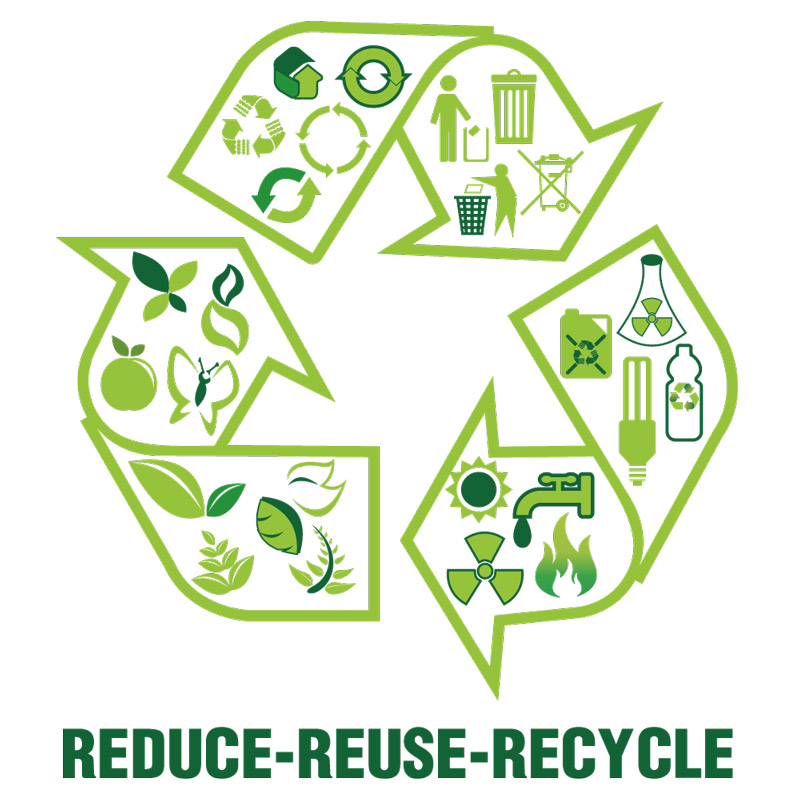How Much of Your New Vehicle is Made from Recycled Products?
July 23, 2018
It is common knowledge that recycling protects the environment. But, recycling can also save money for the automotive industry. In light of recent tariffs, automotive manufacturers would be remiss if not considering use of recycled materials. New cars are increasingly composed of recycled products.
Below is a list of some of the recycled products manufacturers are currently utilizing and there is no telling what the future holds.
- Recycled junk cars alone provides 14 million tons of steel. 12 million new cars are made as a result.
- Recycled tires produce under-hood air and water baffles.
- There is no shortage of plastic water bottles. Plastic water bottles are used to make automotive seat fabric, consoles and center stacks, to name a few.
- Under-body systems, such as aerodynamic shields, splash shields and radiator air deflector shields are made from post-consumer recycled resins such as detergent bottles, tires and battery casings.
- Seat fabrics are also made from post-industrial recycled yarns. Recycled yarns can mean a 64 percent reduction in energy consumption and a 60 percent reduction in CO2 emissions compared to the use of new yarns.
- Speaking of fabric, recycled denim jeans can be found in trunk liners and other recycled clothes help form vehicle sound insulators underneath the hood.
- So much oil is recycled from automobiles that it can fill 85 million barrels. This oil is used as lubricant in new vehicles.
- Recycled polymer is used in such components as battery trays, wheel arch liners, seat fabrics and carpets.
- Cotton fiber is used in floor insulation.
- Recycled paper is used in cargo floor areas.
- Re-purposed nylon carpeting is molded into cylinder head covers.
- Soybeans are used to make seat cushion foam, seat-backs and headliners. Bio-foam seats equates to a reduction in petroleum oil usage of approximately 1.5 million pounds.
- Agave plant byproducts develop sustainable bio-plastics that are used for vehicle interiors and exterior components.
- Sugar cane is used in a variety of components including seat materials and radiator tanks.
- Plant fibers create such things as dashboards, door trim and naturally tanned leather.
- Dashboards are also made from eucalyptus wood.
- Wheat straw reinforces plastic storage bins. The natural fiber replaces energy inefficient glass fibers commonly used to reinforce plastic parts.
- Sustainable resources such as corn, sugar, beets, sweet potatoes and other vegetables make all types of various plastic parts.
It is clear that cars are not only more efficient than ever before, but, they are having less of a negative impact on the environment by using more recyclable materials and greener manufacturing. By using recycled materials, automakers are doing a big part in cutting down carbon footprints and cutting their losses from the tariff impacts.
